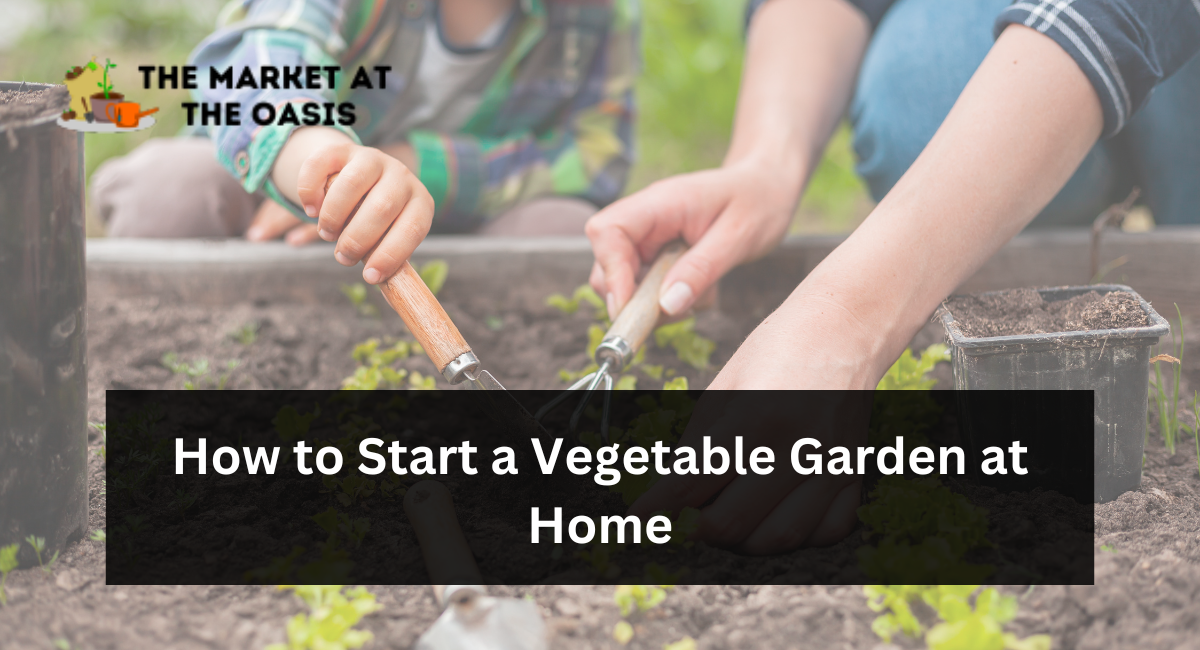Prepare your garden area
Prepare the soil for planting, sprinkle with any necessary amendments, such as compost, and work them into the soil with a tiller or shovel. Avoid stepping on freshly plowed soil, or you’ll compact it and lose it. Then rake the surface and water thoroughly. Let the bed sit for a few days before planting to allow the soil amendment to work.
How do I prepare my garden soil? Ideally, start preparing your garden plot a year before planting. Remove any existing vegetation (especially grass) from your garden. You don’t want it growing back in your garden later. Lawn trimmers (available for rent at most locations) are available for weeding. Or, if the garden area is small enough, you can use a shovel to remove the grass by hand. Be sure to collect excess soil from the dug up turf and return it to your garden. After removing as much vegetation as possible, cover the area with cardboard, tarps, or black plastic to cover any remaining vegetation that you were unable to remove.
Plant the vegetables in your garden
Once you’ve prepared your new garden, it’s time to plant. You can grow vegetables in two ways: by sowing the seeds directly into the garden or by transplanting. The chart below shows which vegetables are best grown from seed and which should be grown from transplants purchased from a nursery or farmers market. You can also find more information on how to tell if a seed or graft is best here. There are also vegetables made from roots, bulbs, or tubers.
Garden vegetables such as carrots, radishes, peas, beans, and lettuce are easy to grow from seed. Potatoes can be grown from seed potatoes. Tomatoes, peppers, corn, and cucumbers take longer to grow, so consider purchasing established plants or transplanting plants to jump start your garden and make sure they are producing during the growing season.
Select the right vegetables for your garden
If you want to grow your own vegetables, your garden must have the right type of soil to provide your plants with nutrients. Fortunately, there are some easy ways to get your soil into optimum yield throughout the growing season. Test the soil in your garden first, then use organic material and fertilizers to adjust pH and drainage. When the soil is ready, line it up and let your vegetables grow!
Choose a shaded, sunny spot to grow vegetables. Exceptions to this rule are lettuce leaves and some herbs, which can germinate in full sun and therefore grow better in part shade. Prepare the soil by removing weeds and adding well-rotted compost or manure and leveling.

Leave a Reply